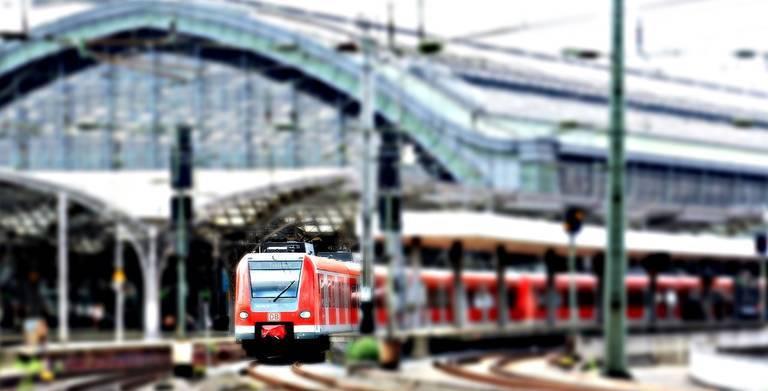
By Scott Huntington
There is something iconic about the U.S. railway system. Whether you’re watching the trains fly down the track or watching the landscape speed by from your seat inside one, a train ride is an experience that stays with you.
Rails and subways are a big part of the public transportation infrastructure in areas with a high population density but when it comes to trains, the U.S. is lagging behind the rest of the world. What sort of future are we looking at for the U.S. railway system?
First, a look back
We can’t look at the future of the railway system without a quick glance into the past. Railroads have been an essential part of the country’s transportation and industry since 1815, when the first railroad charter was granted. With the completion of the Transcontinental Railroad in 1869, the era of the railroad had officially begun.
Rail is still a big part of industry, with thousands of tons of materials and finished products transported by train every year. The goal now, though, is to bring more train-related travel options to the general population.
Private vs. state funded
Traditionally, rail development and maintenance has been state or federally funded. Of course, this means that when the demand for these things drops, the funding drops with it. While there are still federal funds available for rail improvement and innovation, the full funding has never really recovered. In response, many cities have turned to private funding.
BrightLine is one of the first forays into private funded high-speed rail in the United States. Based in West Palm Beach, Florida, this company has completed their first train set and is working tirelessly to set up transit lines in West Palm Beach, Miami, Fort Lauderdale and eventually Orlando and beyond.
While they won’t be as fast as the high-speed rails that provide transportation for places like Japan, the BrightLine rail will make the trip much faster than a standard car ride, and paves the way for private-funded rail systems.
Drive or take the train?
One of the biggest benefits of these new high-speed rails is their positive impact on traffic congestion. Miami, one of the first destinations for Florida’s high-speed rail, has some of the worst traffic in the country. While population density is partially to blame for the congestion, the biggest problem is there just aren’t enough roads, and, in swampy areas like South Florida, there’s nowhere to expand.
An easy to utilize high-speed rail system could help eliminate or at least reduce the massive traffic congestion. The first stretch of this rail system is supposed to open between West Palm Beach and Miami in July of 2017. Driving between the two cities takes drivers more than an hour and a half as they drive up I-95. Some of the busier stretches of this interstate service upwards of 200,000 cars every single day.
By giving commuters another option to travel between the two busy cities, the high-speed rail could reduce the number of I-95 drivers dramatically. Plus., as an added bonus, reducing the number of cars on the interstate will reduce the state’s overall carbon footprint.
An alternative system
The railway system of the United States might not ever fully replace the passenger car, but it is a great alternative to help reduce roadway congestion and reduce carbon emissions. As it stands, most advances in the rail system will likely be privately funded, enabling cities and states to set up their railways without begging for state or federal funds.
While the future of the U.S. railway system is still up in the air, it’s a lot brighter than it used to be.
Image credit: Pexels
Scott Huntington is a writer and blogger. Follow him on Twitter @SMHuntington.
TriplePundit has published articles from over 1000 contributors. If you'd like to be a guest author, please get in touch!














